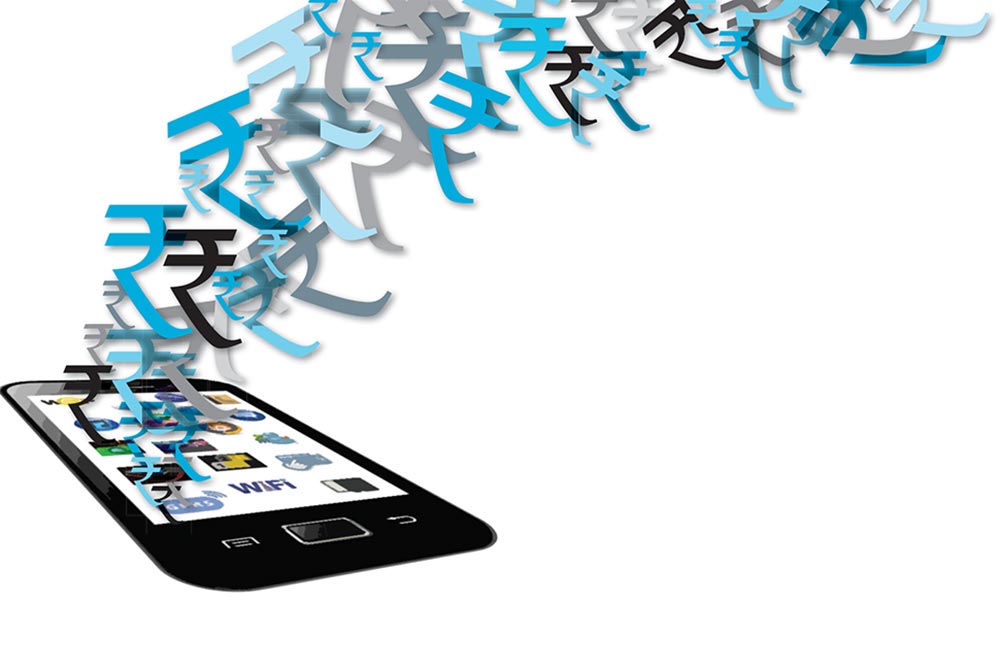Timing is everything. For operators negotiating the current Indian telecom quagmire, this seems to be the perfect time for something they’ve been putting off for sometime — increasing call rates. It’s the first time since mid-2009 that effective call rates are going up as telcos start to snip away bonus talk time and discounted recharge vouchers.
There are enough reasons why this makes sense now. Competition is far lower. Key players such as Etisalat (in a JV with the Dynamix Balwa group), C Sivasankaran’s S Tel and Loop Telecom (owned by the Ruias of Essar) have exited the business amidst charges of corruption and cancelling of 122 licences across India. Others have scaled down their operations in select circles. Uninor stopped acquiring new subscribers in Kerala, Karnataka, Orissa and Tamil Nadu since August last year after the regulatory uncertainty around fresh auction of spectrum and its pricing impaired the firm’s ability to secure funding for expansion. Videocon shut down operations in 11 circles where the Supreme Court cancelled licences in January 2012. It subsequently won spectrum in five of those circles in the November 2012 auction. From up to 14 operators in some circles during the peak of the telecom boom, the number is down to eight or nine now.
The purchase of costly spectrum through the November 2012 auction has put the additional pressure of bank loans and interest charges on companies’ groaning finances. Some cite the hike in diesel prices, used to power telecom towers, as another factor. Passing on the burden to customers, therefore, seemed inevitable.
Airtel kicked off the hike in January when it reduced free talk time for pre-paid customers by up to 25% and doubled call rates to Rs 2 per minute. Then, Idea hiked its rates from 1.2 paisa to 2 paisa per second, a 67% jump. Vodafone followed suit. Operators say eventually all circles and subscribers will be covered. But will this improve operators’ bottomlines? “It will lead to a lot of savings for them. The cumulative impact could be 1.5-2 paise on the average realisation per minute (ARPM),” says Rikesh Parikh, vice-president, equities, Motilal Oswal Securities. Airtel’s ARPM stood at 42.5 paise in Q3FY13 while for Idea it was 41.1 paise. These numbers stayed unchanged from the previous quarter because call rates had been plummeting though usage was going up.
That could change now, says Sahil Aggarwal, analyst at India Ratings. “It will lead to an improvement in operating performance, and partly offset the negative impact of recent regulatory developments,” he says.
So far, a handful of circles, including Mumbai and Delhi, have been chosen for the call rate hikes. Raising tariffs in the age of number portability has its risks. Airtel and Idea had upped tariffs by approximately 20% in mid-2011 but had to roll back quickly after customers migrated to rival networks.
Almost 99% of India’s mobile market comprises prepaid connections. Millions of these subscribers, weaned on a regime of perpetual discounts and rock-bottom tariffs, will no doubt find the new rates a dampener. But for an industry struggling to emerge from the unprofitable depths it has been driven to, there is not much choice if it has to survive.











